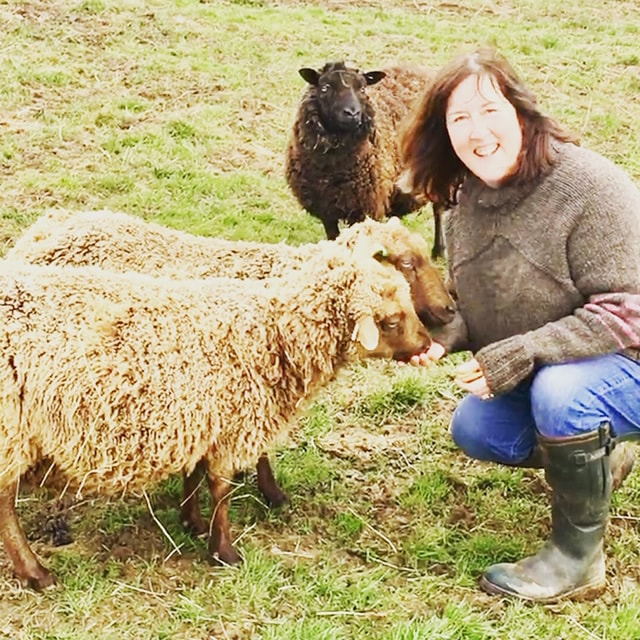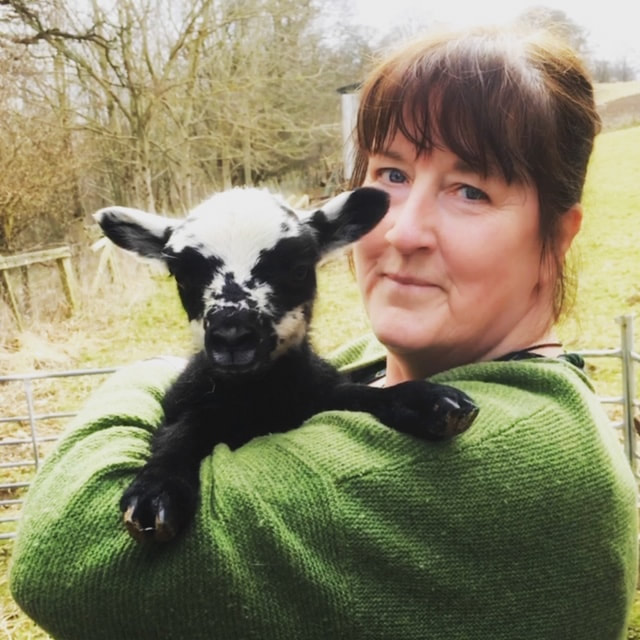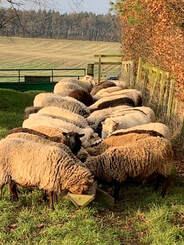How do you look after your sheep?With love! Looking after livestock of any kind is demanding. It is not something that can be abandoned for holidays or because you are short of time. The laws governing how sheep must be looked after are covered in this essential document from the Government which sets out your responsibilities.
To help us in planning for the health and well-being of our sheep we have a flock health plan, which sets out the key tasks which we will need to undertake at different times of the year. Good fencing is a must - Shetlands seem to be able to find their way through the tiniest gaps. Shetland sheep do not have their tails docked as they are a short-tailed breed. Keeping sheep is also a financial commitment so we have to factor in the cost of:
Any medicines purchased and administered must be recorded. Strict records must be kept of any movements on or off the holding and the government is sent a copy of the movement document. |
What do you do with your sheep?In 2018, we made the decision to become a 'no slaughter' flock.
For us, the only real way to achieve this is by not lambing, by keeping our sheep purely as a wool flock and by buying in replacements to the flock when ewes die of natural causes. Some flocks do claim to be 'slaughter free' but still lamb each year. This inevitably means you will have tup (male) lambs and, while these can be 'wethered', it is likely that they will end up at market and be sold to the meat men. This is no longer what we want, and we will not sell on our wethers to another breeder who will just finish them for meat. We spent a good few years producing tups for slaughter and consumption, but it is no longer for us. Any surplus females are kept as breeding ewes and sold as starting flocks to new breeders. |
How can you use the wool?
Moorit jumper meets moorit sheep
We are discovering new ways to use the wool all the time!
The finest Shetland wool is great for making lace items and I am also keen to try making 'vegetarian sheepskin rugs using felting techniques. We get the fleeces commercially washed and carded and sell it for spinners to use. It's great even for beginners as it's slightly oily and spins like a dream. The spun wool is great for:
|
Proudly powered by Weebly


